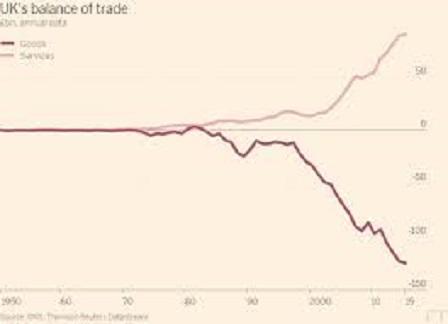Africa-Press – Mauritius. It was a rude awakening for the new government that took power in December 2014. Growth was sub-par, investments were floundering, savings were at rock-bottom, but it was in the external sector that the situation was more serious.
Excluding transactions of Global Business Companies (GBCs), the current account deficit was at 12.8% of GDP in 2014. This was much higher than the 9% allowed by SADC macroeconomic convergence targets.
The constraints faced by the export sector, namely the rising costs in terms of energy, land prices, and labour were impeding the sector’s competitiveness in addition to subdued demand from trading partners and modest private investment.
Aware that the high deficit in our external accounts was not sustainable and constituted a serious risk to our macroeconomic fundamentals, the new Government decided to give a fillip to the export sector.
In 2015 itself, a National Export Strategy was prepared focusing on seven priority sectors namely food processing, jewellery, scientific and medical devices, systems integration, financial services, aquaculture and fish processing, and cultural tourism.
It also looked into cross-sector issues critical to improving SMEs capacity and skills to face the exigencies of exports. Government was also aiming at expanding its export markets through its Africa Strategy.
And over successive budgets a series of measures were announced to further diversify the manufacturing sector and consolidate and diversify both our product base and markets (for e.
g. Government to introduce the application of 3D printing technology by equipping the two technopoles at Rivière du Rempart and Rose Belle). Table I: Exports of goods & Services
But when we take a look at the data at Table I, it shows that both in absolute and growth terms, Government has failed in redressing and diversifying the exports sector. Exclusive of GBCs, the current account deficit is still as high as 11.8% of GDP.
With the exception of the tourism sector which has been riding since 2010 on a worldwide sustained and consistent trend of a growth of 4% and above, the export performance is indeed very worrying.
There are major risks ahead to durable growth in the external sector, which is under pressure from a number of sources. The deficit on net exports could again widen sizeably as the rebound of oil and commodity prices and the appreciating US dollar raise the value of imports, while exports stagnate.
Consumption-driven growth in a highly open economy like Mauritius is not sustainable in the longer term without strong export performance. The introduction of the Negative Income Tax, the minimum Wage and the generous wage awards and compensations will have to be compensated by greater efforts to boost our competitiveness. Thus there is a pressing need for Government to review its export and competitiveness strategy. * * *
Several measures have already been taken towards providing the basis for a deeper government debt market like improving the government’s cash balances forecast, publishing an issue calendar and information about post auction results, issuance of securities in key benchmark maturities and using the same instrument for both the Treasury’s funding operations and the central bank’s monetary policy operations to avoid market fragmentation.
High-quality information about debt structure, funding needs, and debt management strategies are being made available to market participants and the public at large to improve market access and transparency.
At this stage of the primary market development, priority is being given to strengthen and develop the short end of the market. This requires initiatives related to developing an active money market with competitive bidding and market-determined price setting.
Improving auction procedures, transparency in government securities operations and, in some cases, reviewing the issuance plan are also important priority areas in the process. Regular consultations with market participants about the borrowing strategy, market preferences and market situation are also essential.
Some of the financial sector specialists had recommended that one of the important steps to further develop a more liquid secondary market for government securities is to review and improve the enabling environment for the secondary market.
Much of it is the responsibility of BOM and MOFED which need to be more pro-active and more focused if we want to see real progress towards the development of a stable and efficient domestic debt market. The major building blocks recommended for developing the government securities market are as follows:
For More News And Analysis About Mauritius Follow Africa-Press







